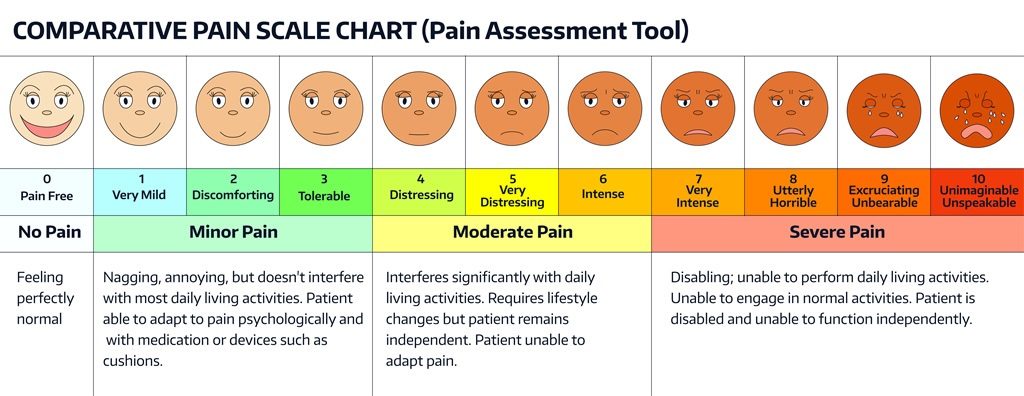
Meditation and Pain
- by Melissa A DayCONCLUSIONS: The findings from this trial, one of the largest telehealth trials of psychological treatments to date, critically determined that group, videoconference-delivered CT, BA, and MM are effective for CLBP and can be implemented in clinical practice to improve treatment access. The pattern of results demonstrated similar improvements across treatments and outcome domains, with effect […]
- by M V Ruiz RomeroChronic pain is a public health problem suffered by 20% of the world's population. Pharmacological approaches are insufficient, so a multi-therapeutic approach that also includes non-pharmacological therapies (psychological therapies, meditation, physical exercise, healthy habits, etc.) is proposed. The aim of this review was to review the existing scientific evidence on the effect of multicomponent programs […]
- by Xiangxu ChenBACKGROUND: Daoyin therapy (DT), an ancient therapeutic approach with a history spanning thousands of years, has traditionally been employed to address musculoskeletal pain and psychosomatic disorders. However, the application of DT for chronic neck pain (CNP) has received limited attention in the existing literature, and systematic randomized clinical trials (RCTs) in this context remain scarce. […]
- by Tony V PhamCompared to non-Hispanic White individuals, non-Hispanic Black Individuals report worse chronic pain from a variety of medical issues. Among the options for non-pharmacological pain treatment, mind-body interventions (MBI) are a promising modality to help Black individuals manage their chronic pain effectively. MBIs such as mindfulness meditation improve chronic pain and chronic pain-related outcomes by shifting […]
- by Mayumi OguchiCONCLUSIONS: Cognitive-behavioral therapy was the most common therapeutic approach identified, whereas mindfulness/meditation was the most frequently used technique. Almost half to two-thirds of the studies reported significant improvements in pain, disability, or distress, which suggests that psychologically based interventions are potentially beneficial for adults with chronic NeuP. An updated systematic review seems warranted.
Meditation and Anxiety
- by Li LiuBACKGROUND: Infertility produces infertility-related stress in both members of infertile couples, especially for infertile women. Some studies verified the negative relationship between infertility-related stress and outcomes of infertility treatments. Effective mental health care during fertility treatment is urgently needed, but there has been a lack of efficient support services. To reduce the infertility-related stress of […]
- by Sabyasachi MaityNon-clinical approaches such as meditation, yoga, and mindfulness are popular traditional therapeutical interventions adopted by many educational institutions to improve the physical and mental well-being of learners. This study aimed to evaluate the effectiveness of yoga intervention in improving cardiopulmonary parameters such as blood pressure, heart rate, pulmonary function tests and psychosomatic symptoms such as […]
- by Queena CheongPublic health interventions implemented during the COVID-19 pandemic may exacerbate anxiety symptoms for many. We conducted this study to better understand the role of leisure activity in promoting mental wellness during times of social isolation and reduced access to recreation facilities and mental health support services. We analyzed nationally representative survey data collected by Statistics […]
- by Ye Hoon LeeYoung athletes commonly encounter various mental health challenges due to the distinct pressures inherent in sports environments. This study investigates the effectiveness of mobile-delivered mindfulness meditation interventions in alleviating mental health indicators of depression, perceived stress, and anxiety, and enhancing self-esteem and resilience among young male judo athletes in South Korea. Pre- and post-test questionnaires […]
- by Thangam VenkatesanINTRODUCTION: Cyclic vomiting syndrome (CVS) is a disorder of gut-brain interaction often triggered by stress. Interventions such as meditation may improve psychological outcomes and health-related quality of life (HRQoL), but their efficacy and the underlying mechanism are unknown.
